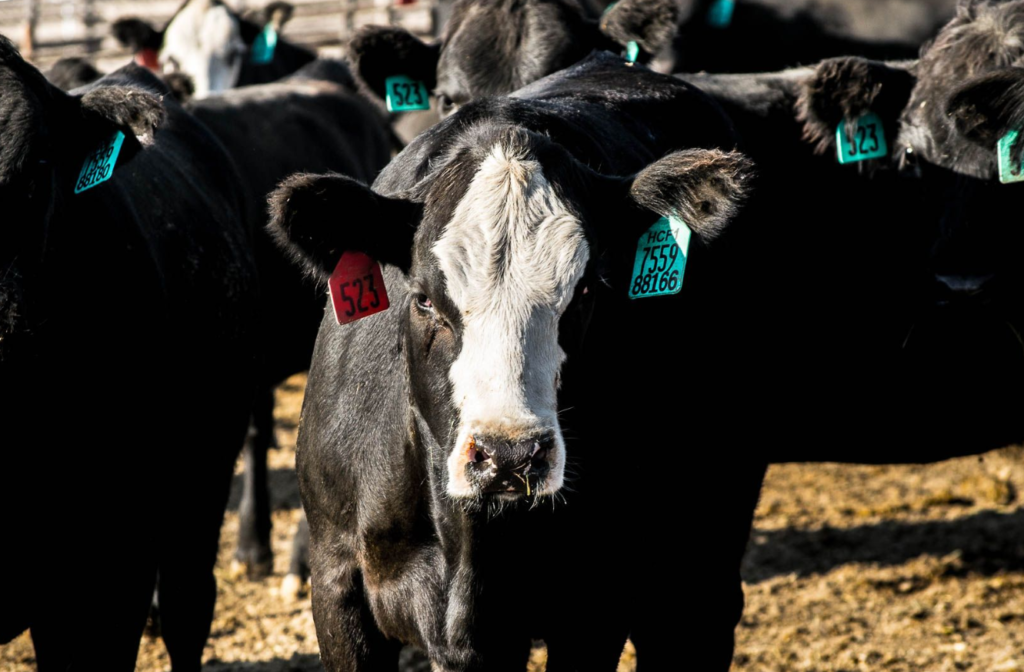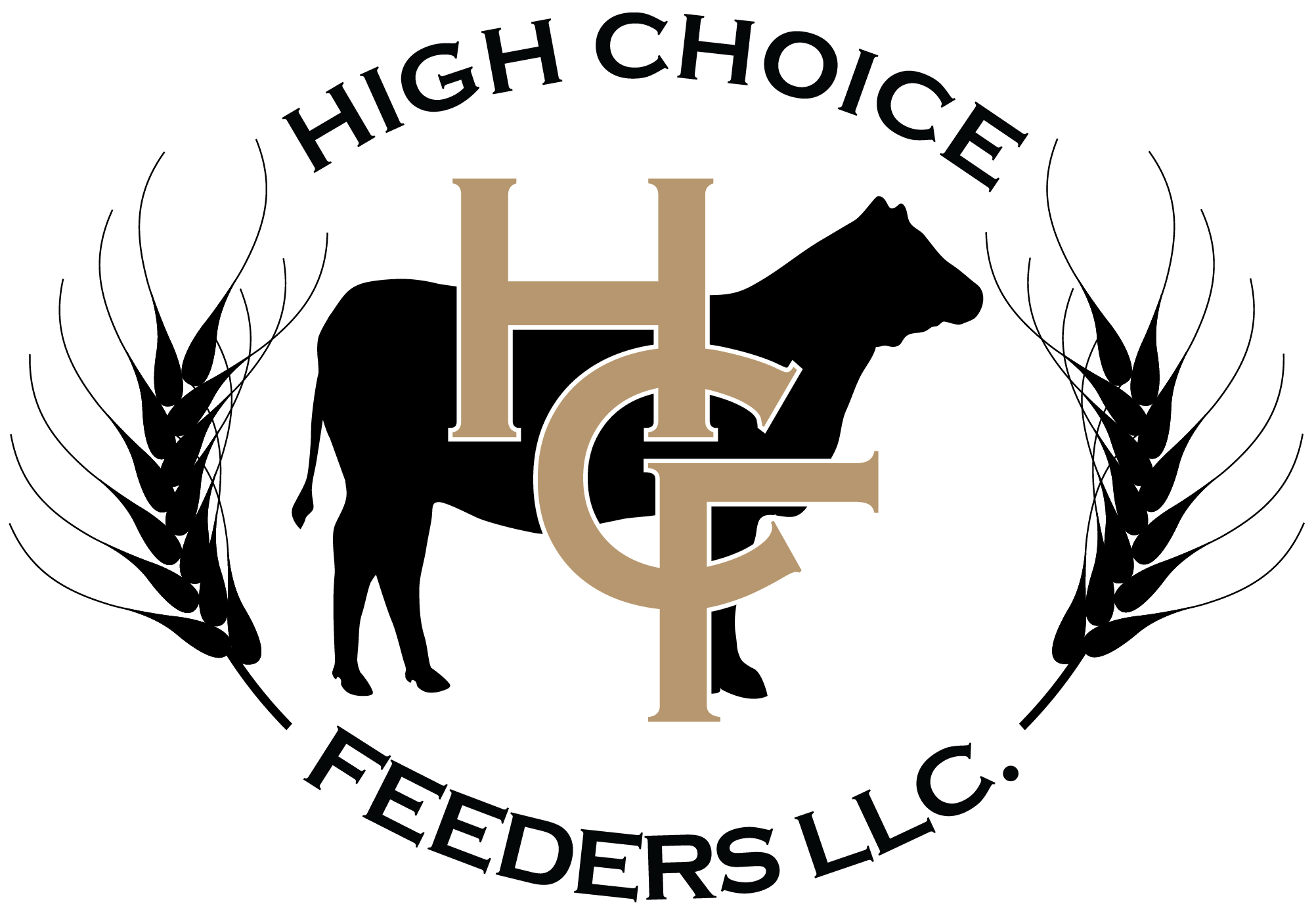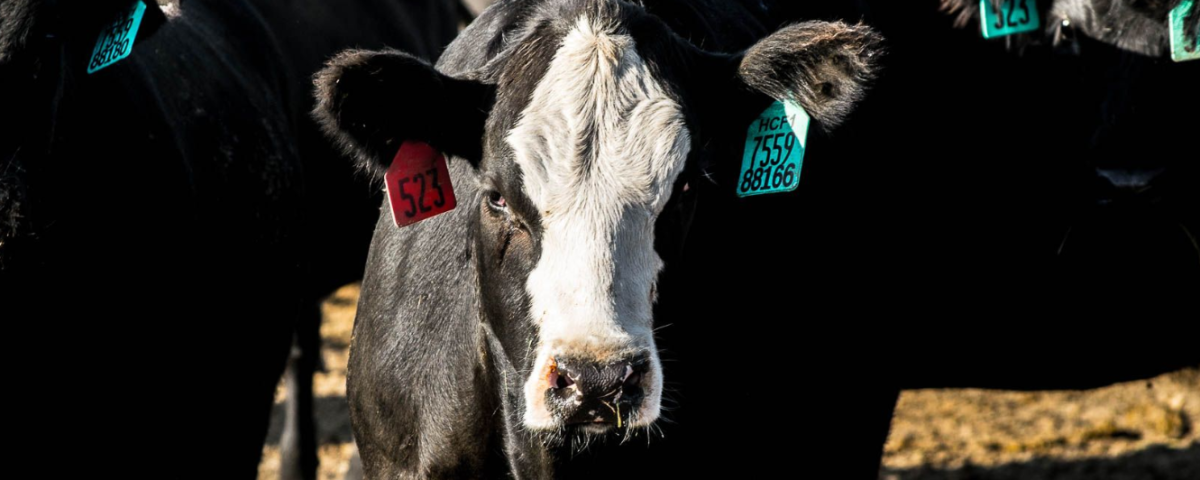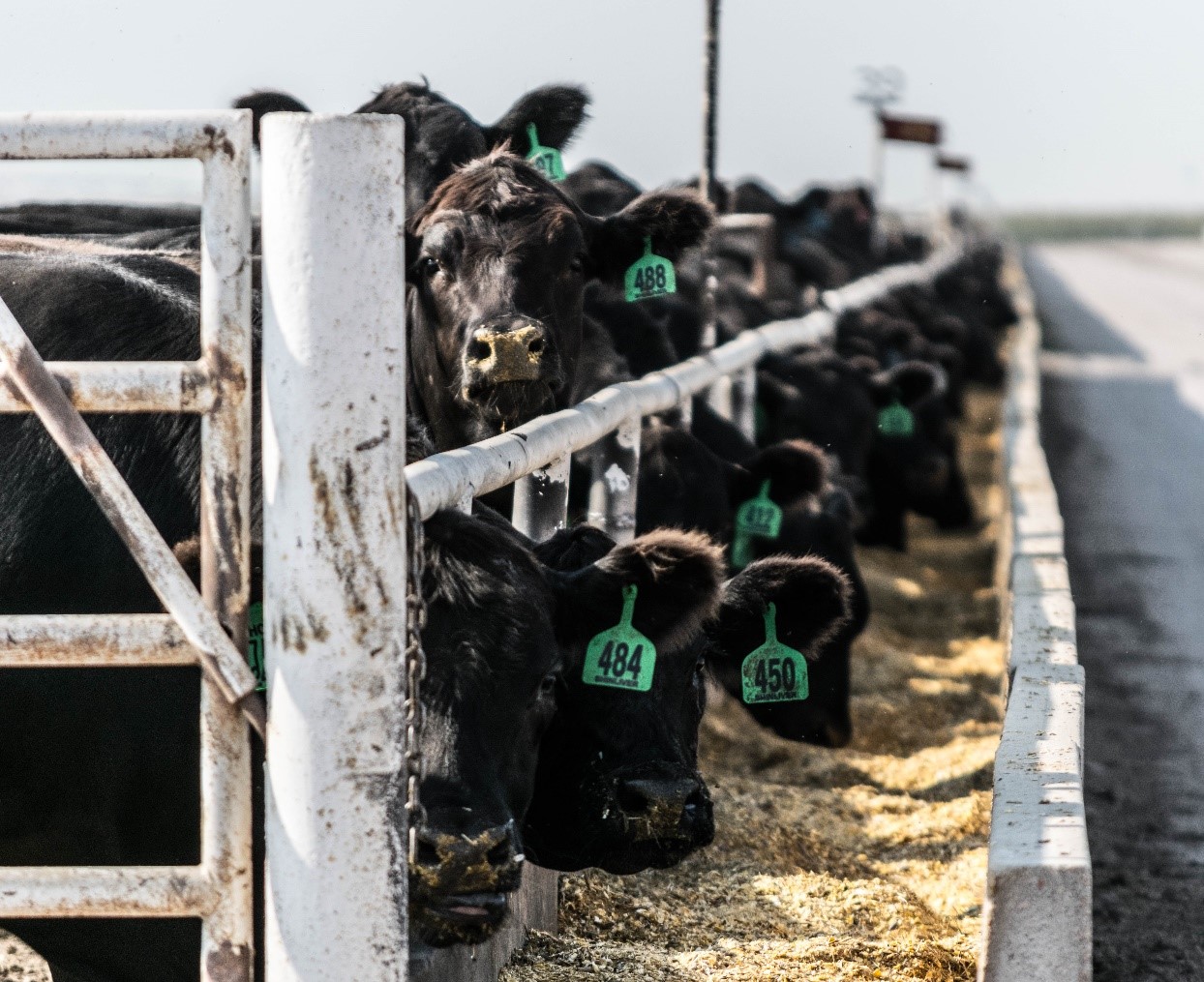
Feed of Champions
June 1, 2020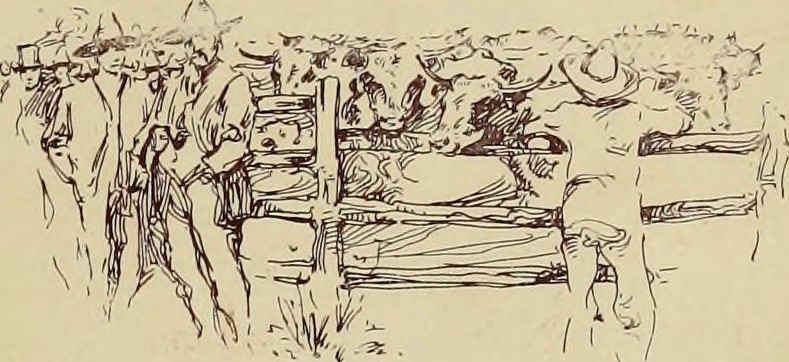
Seasonality in the Cattle Finishing Industry
August 25, 2020A Life-cycle Assessment
Sustainability within the beef industry is a hot topic which is why we at High Choice Feeders hold our staff and production processes to the highest standards. Our commitment to natural, non-hormone-treated and Global Animal Partnership (GAP) programs awarded us the 2017 Feedyard Commitment to Excellence Award. Because sustainability is a difficult topic to grasp, we would like to introduce a recent study assessing the US beef industry: Environmental Footprints of Beef Cattle Production in the United States.
The USDA, National Cattlemen’s Beef Association and the University of Arkansas performed a life-cycle assessment of U.S. beef cattle production in 2019. Life-cycle assessments measure the environmental impacts of a product throughout its entire value chain to provide a detailed account of often overlooked factors like greenhouse gas (GHG) emissions and water use across the supply chain. The graph below shows which stages of the supply chain account for which environmental impacts. More than 50% of impacts stem from the cow-calf and approximately 1/3 stem from cattle finishing. Life-cycle assessments are often performed to identify areas for improvement and they may feed into materiality assessments which further identify which stakeholders are affected by the most material impacts.

Each of the impact areas (GHG Emissions, Energy Use, Blue Water Use, Reactive Nitrogen Loss) is further split up into subcategories. The graphic below provides a more detailed visualization of impact areas. You may notice most of the blue water use can be traced back to feed production whereas direct water consumption by cattle barely weighs in.
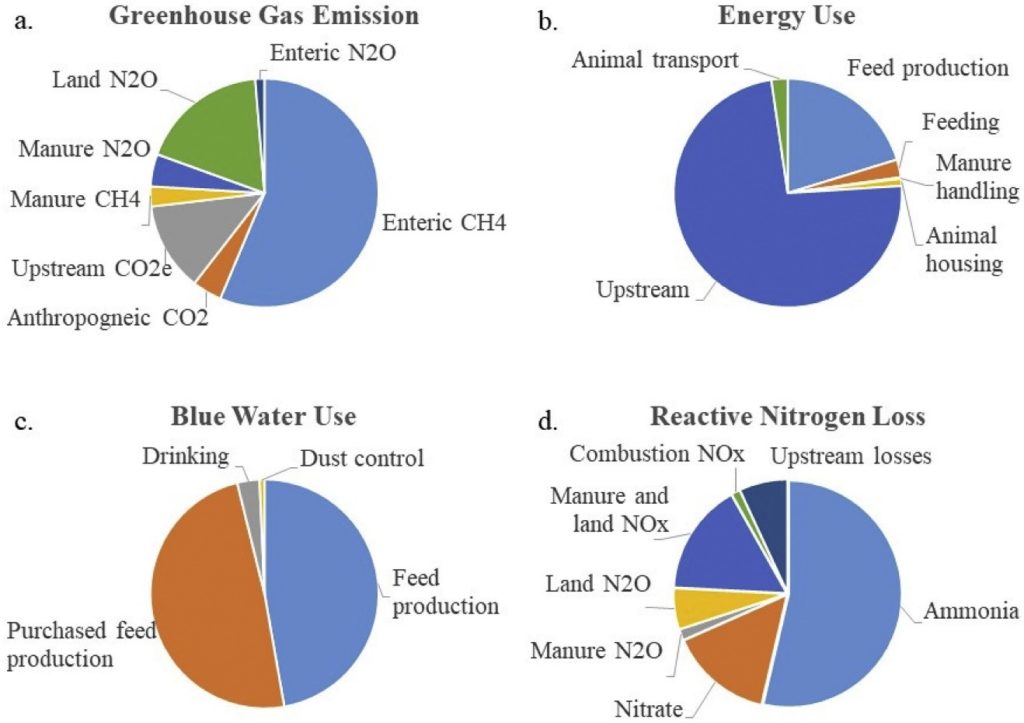
The study found GHG emissions of beef production in the US contributes significantly less to the U.S. GHG emissions than previously assumed. The industry even avoided 2.3 gigatons of carbon emissions since 1975 by optimizing production practices.
It also found that grain feed consumption is comparable to feed conversion efficiencies of pork and poultry; this is another surprising insight. Close to 90% of grain-finished cattle feed cannot be consumed by humans, so it needs to be upcycled by cattle into high-quality protein. Since feeding has become more efficient the environmental impacts have been reduced over the years.
High Choice Feeders is on the forefront of making the beef industry more sustainable and we take pride in the fact that our sustainable business practices contribute to the quality and value of our beef. By aligning sustainability and profit, we serve as an example for industry stakeholders when it comes to maximizing profits and making the world a better place at the same time.
